20 Rare Natural Events That Happen Only Once in a Lifetime
Remember that childhood excitement of spotting a shooting star? There’s something magical about witnessing nature’s rarest moments – those fleeting displays that remind us how wonderful our world can be.
While some natural phenomena occur with clockwork regularity, others are so rare that generations might pass between appearances. Like finding a four-leaf clover in a vast meadow, these events require perfect timing and often a dash of luck.
But unlike our everyday brushes with nature’s smaller miracles, these phenomena can transform entire landscapes and leave viewers speechless.
Mass Bamboo Flowering
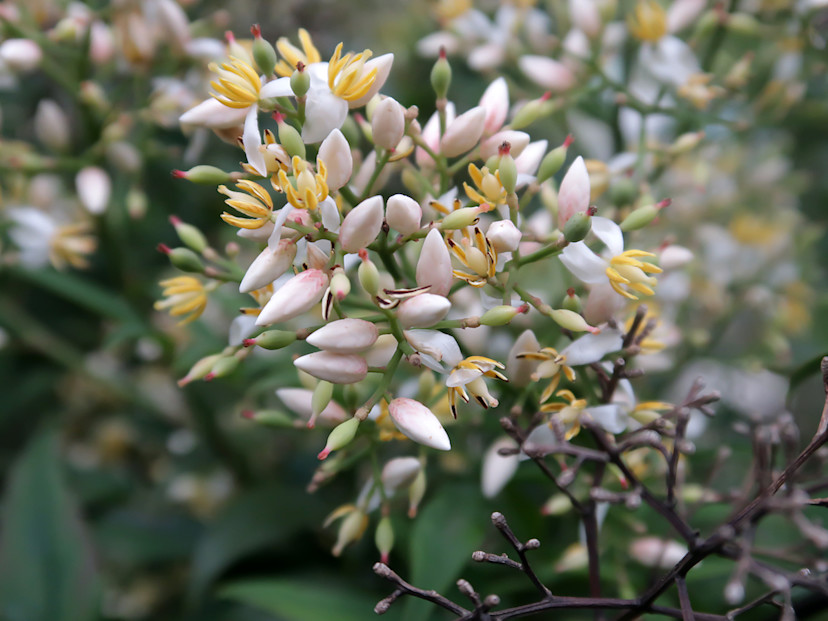
All around the world, some species of bamboo flower simultaneously in cycles that can span up to years. Imagine waiting longer than a human lifetime to witness entire forests bursting into bloom at once.
This synchronized flowering, while beautiful, often leads to fascinating ecological ripple effects, including increases in local rodent populations that feed on the sudden abundance of bamboo seeds. The phenomenon is so rare and significant that it has influenced local cultures, with some communities in northeast India using these flowering events to mark generational transitions in their oral histories.
Scientists are still working to understand how bamboo plants across vast distances can coordinate their flowering with such precision, suggesting possible connections through root systems or environmental triggers that we’re only beginning to comprehend.
Fire Rainbows

High above in the cirrus clouds, ice crystals occasionally align perfectly with the sun to create what looks like a rainbow that has caught fire. These circumhorizontal arcs only appear when the sun is positioned just right – at least degrees above the horizon.
In most parts of the world, the conditions align for mere minutes, perhaps once or twice in a decade. Ancient mariners once believed these displays were omens of major weather changes, though modern meteorology has shown no correlation between fire rainbows and subsequent weather patterns.
The phenomenon has become so sought after by photographers that some dedicated enthusiasts spend years tracking weather conditions and cloud formations in hopes of capturing the perfect shot.
Like Go2Tutors’s content? Follow us on MSN.
Bioluminescent Tides
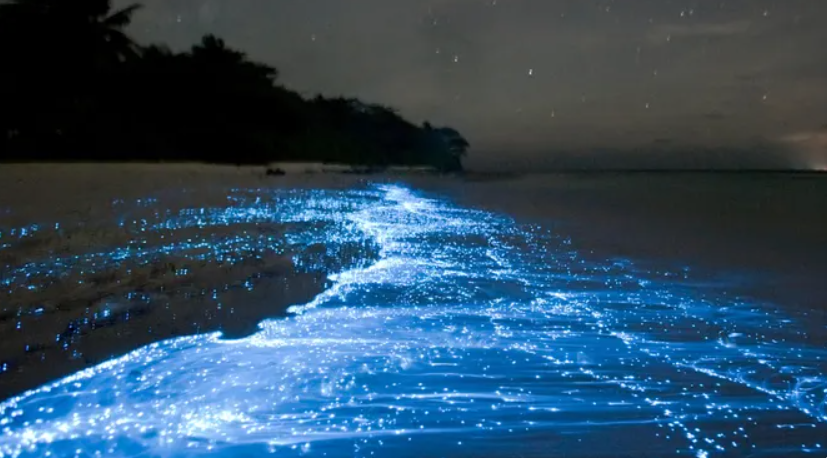
When microscopic organisms called dinoflagellates gather in massive numbers, they can turn entire coastlines into living light shows. These “red tides” during the day transform into ethereal blue waves at night, creating a display that seems more like digital effects than a natural phenomenon.
Climate change and ocean conditions need to align perfectly for these displays to reach their full potential. The phenomenon has become so iconic that some coastal communities now celebrate annual festivals around predicted bioluminescent events, though the displays don’t always appear on schedule.
Recent research suggests these displays may become more frequent in certain regions as ocean temperatures change, though scientists worry this could indicate broader disruptions in marine ecosystems.
Morning Glory Clouds
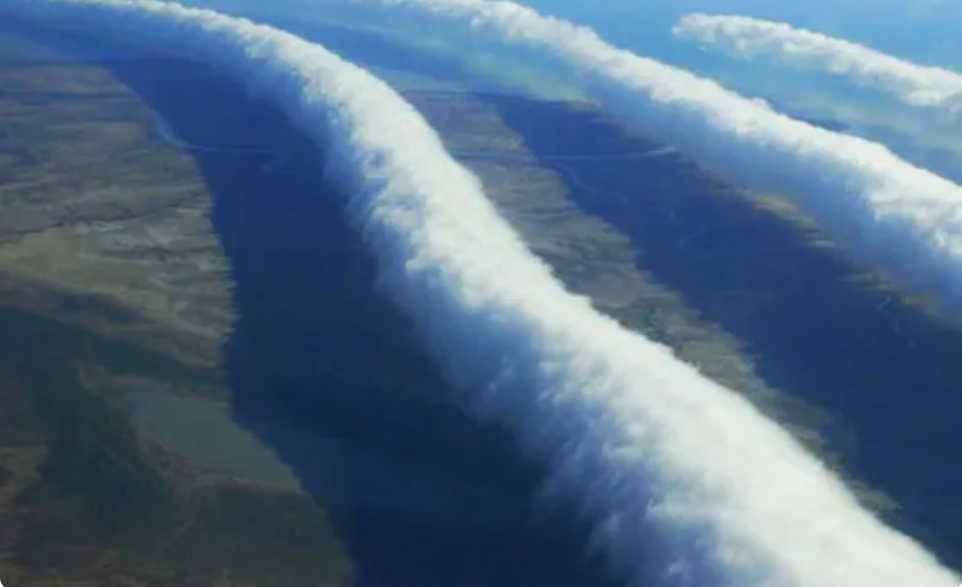
In Australia’s Gulf of Carpentaria, a rare meteorological phenomenon creates a cloud formation that rolls across the sky like a massive white cylinder. Local pilots have learned to “surf” these clouds in their gliders, riding the atmospheric wave for hundreds of kilometers.
The Indigenous Yanyuwa people have watched these clouds for generations, incorporating them into their Dreamtime stories. Traditional knowledge has proven remarkably accurate in predicting these formations, with elders able to forecast their appearance based on subtle environmental cues that modern meteorology is only now beginning to understand.
The phenomenon draws glider pilots from around the world, making the remote town of Burketown an unlikely hub for atmospheric sports enthusiasts.
Lunar Rainbows
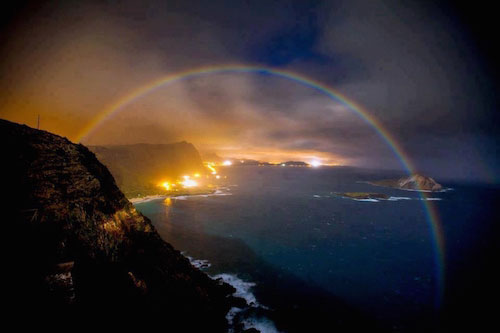
While rainbows need sunlight to form, their nocturnal cousins require precise conditions involving bright moonlight and water droplets. These pale, ghostly arcs appear so faint that human eyes often perceive them as white, though cameras can capture their true colors.
Some waterfalls, like Cumberland Falls in Kentucky, are famous for producing regular moonbows during full moons. Historical records show that moonbows once played significant roles in various cultural mythologies, with some Native American tribes viewing them as bridges between the physical and spiritual worlds.
The increasing prevalence of light pollution has made these delicate phenomena even rarer, with only a handful of locations worldwide now reliable for viewing them.
Like Go2Tutors’s content? Follow us on MSN.
The Sardine Run
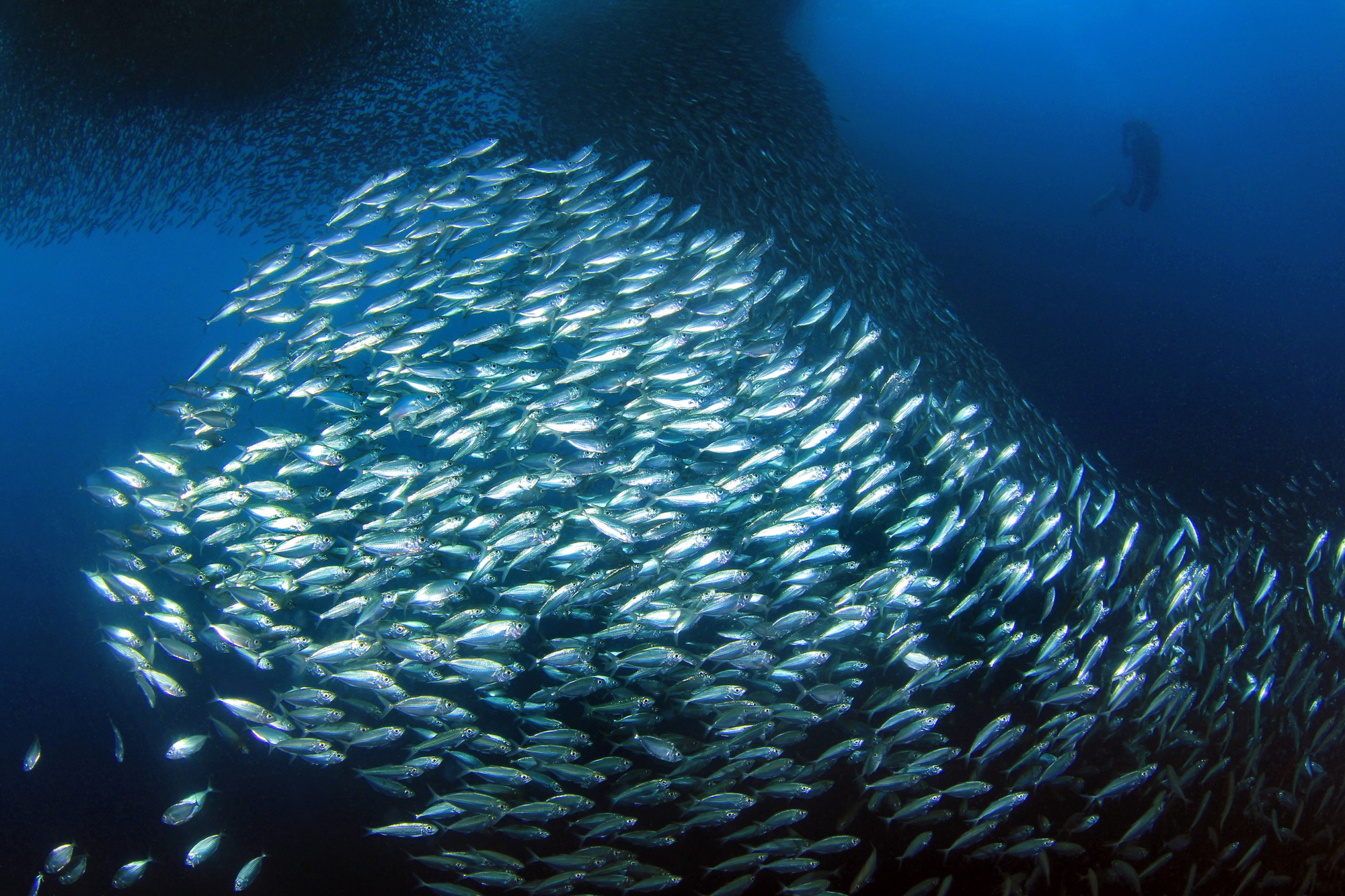
Off South Africa’s coast, billions of sardines create a living river that can stretch for kilometers. This massive migration attracts a feeding frenzy of predators, from dolphins to sharks to diving birds, creating one of nature’s most spectacular feeding events.
Marine biologists are still puzzling over why these sardines choose such a specific route. Recent studies using underwater acoustics have revealed that the sardines communicate through complex pressure waves, creating what scientists describe as a “living sonar network” that helps coordinate their movements.
Climate change and shifting ocean currents have begun altering traditional migration patterns, leading researchers to wonder how this spectacular event might evolve in the coming decades.
Volcanic Lightning
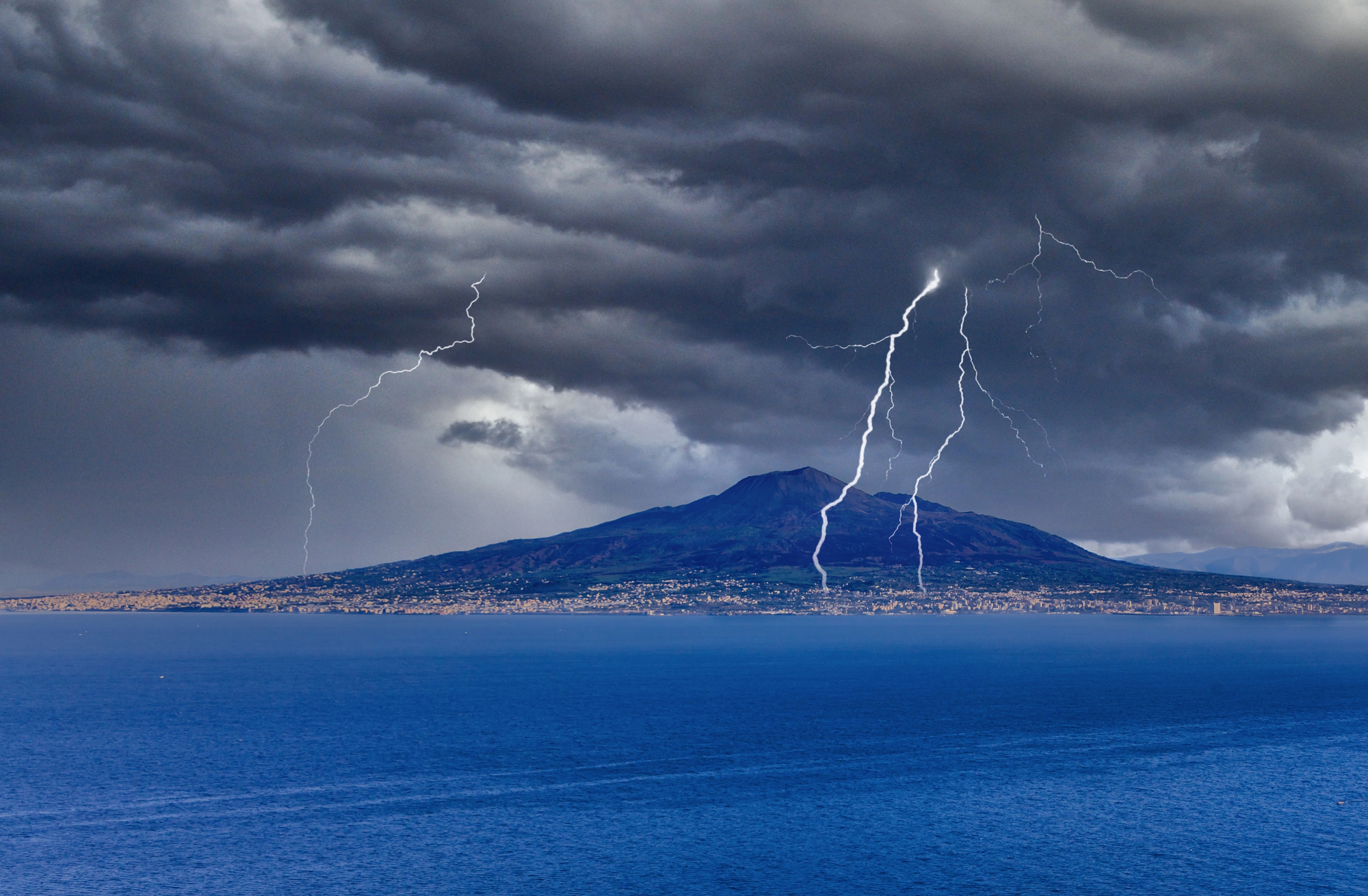
When volcanic eruptions become intense enough, they can create their weather systems, including spectacular lightning displays within the ash clouds. This rare combination of geological and meteorological forces creates a light show that ancient cultures often interpreted as divine warfare in the heavens.
The phenomenon occurs when ash particles violently collide in the eruption plume, generating static electricity on a massive scale. Recent research using high-speed cameras has revealed that these lightning strikes can occur thousands of times per hour during major eruptions, providing scientists with new insights into both volcanic behavior and atmospheric physics.
Desert Superbloom
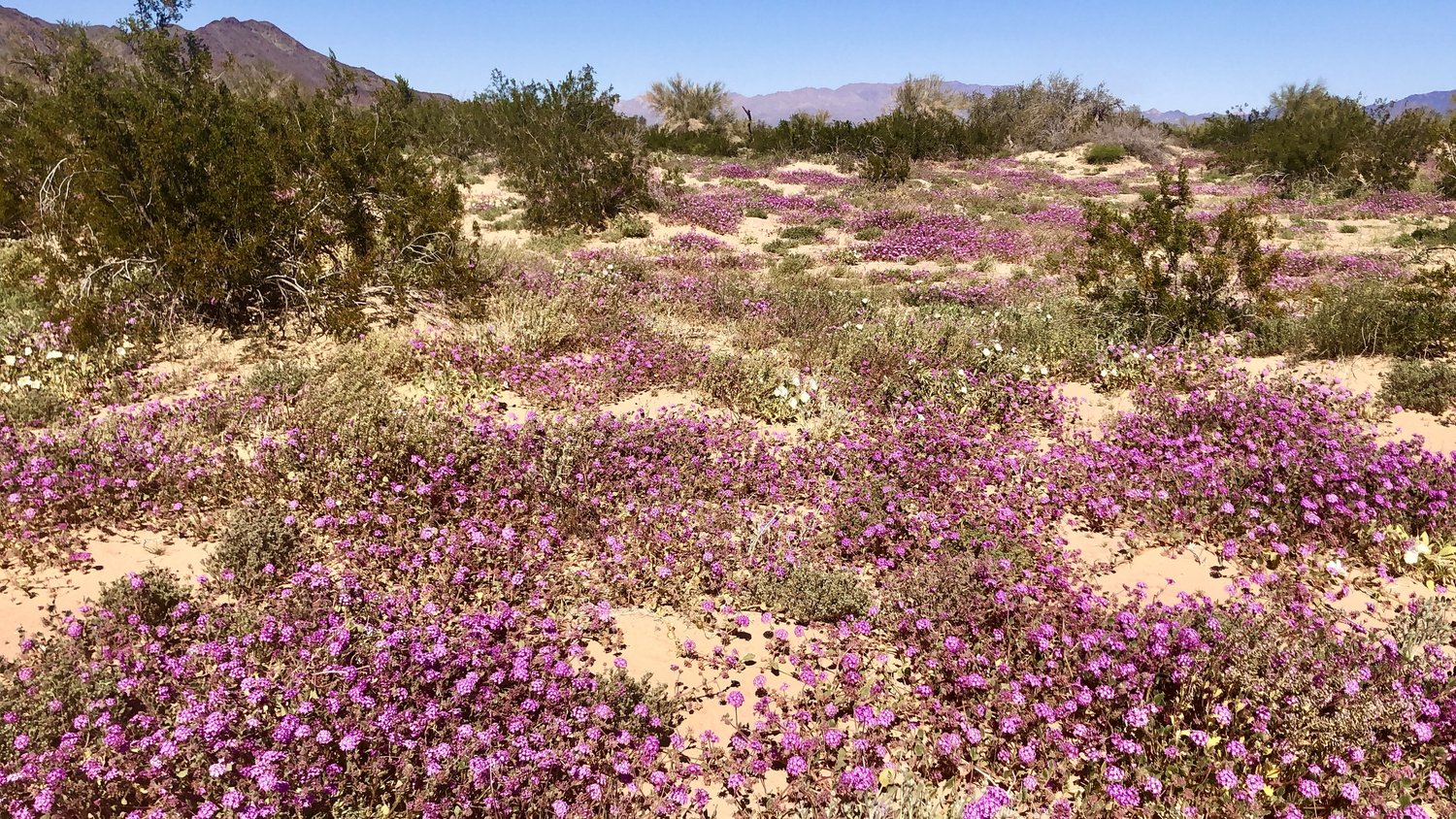
In places where rain rarely falls, seeds can lie dormant for decades. When perfect conditions align – usually a wet winter followed by warm spring temperatures – these desert landscapes explode into carpets of wildflowers.
Death Valley’s superbloom transforms one of Earth’s harshest environments into a painter’s palette. Botanists have discovered that some desert seeds possess remarkable chemical triggers that can detect the precise combination of rainfall and temperature needed for germination.
Time-lapse photography has revealed that these dormant landscapes can transform into flowering meadows in as little as hours under ideal conditions.
Like Go2Tutors’s content? Follow us on MSN.
Synchronized Fireflies
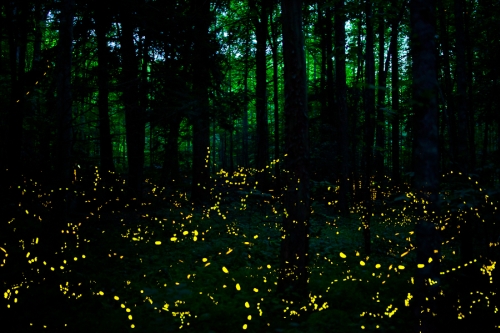
In a handful of places worldwide, fireflies gather to create synchronized light displays that rival any human light show. These insects coordinate their flashing through mechanisms scientists are still working to understand fully.
The most famous displays occur in the Great Smoky Mountains and parts of Southeast Asia. Recent research has shown that each firefly species has its unique flash pattern, creating a complex visual symphony that serves multiple purposes beyond mating signals.
The discovery that these insects can adjust their flash timing based on their neighbors’ signals has led to new insights in the field of swarm intelligence and bio-inspired computing.
Spinning Ice Discs
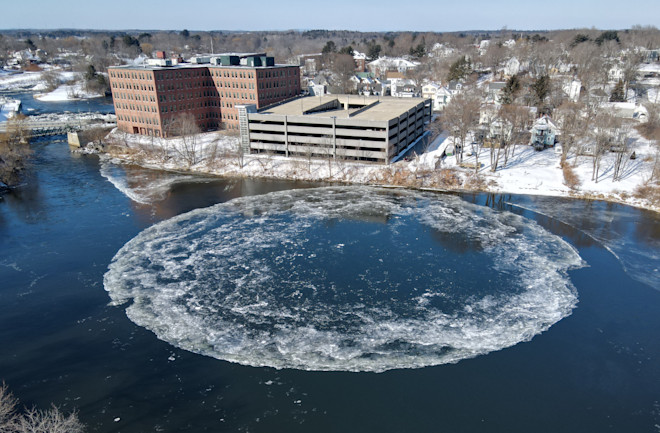
In slow-moving sections of rivers, rotating currents can carve nearly perfect circles of ice that spin slowly in the water. These ice discs, sometimes called ice circles, can reach impressive sizes and continue spinning for days or weeks as long as temperatures remain cold enough.
Local temperature variations and water flow patterns create these natural sculptures through a process that physicists have only recently begun to understand. The largest recorded ice disc, found in Maine, measured nearly the length of a football field and sparked renewed scientific interest in these mysterious formations.
Coral Mass Spawning
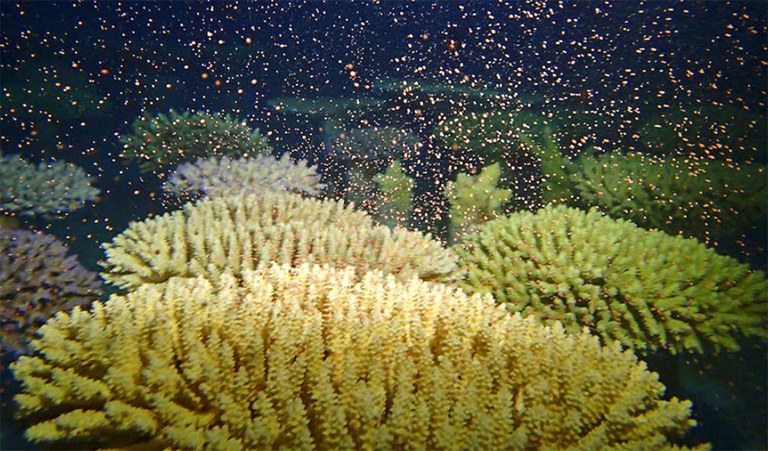
Once a year, under specific moon phases and water temperatures, entire coral reefs release their eggs and sperm simultaneously. This mass spawning event looks like an underwater snowstorm in reverse, with tiny pink and white particles floating upward through the ocean currents.
Marine biologists have discovered that corals use multiple environmental cues, including water temperature, lunar cycles, and even chemical signals from neighboring colonies, to coordinate their spectacular spawning events. The timing must be perfect, as even a slight misalignment can mean the difference between successful reproduction and missed connections in the vast ocean.
Like Go2Tutors’s content? Follow us on MSN.
Snake Mating Balls
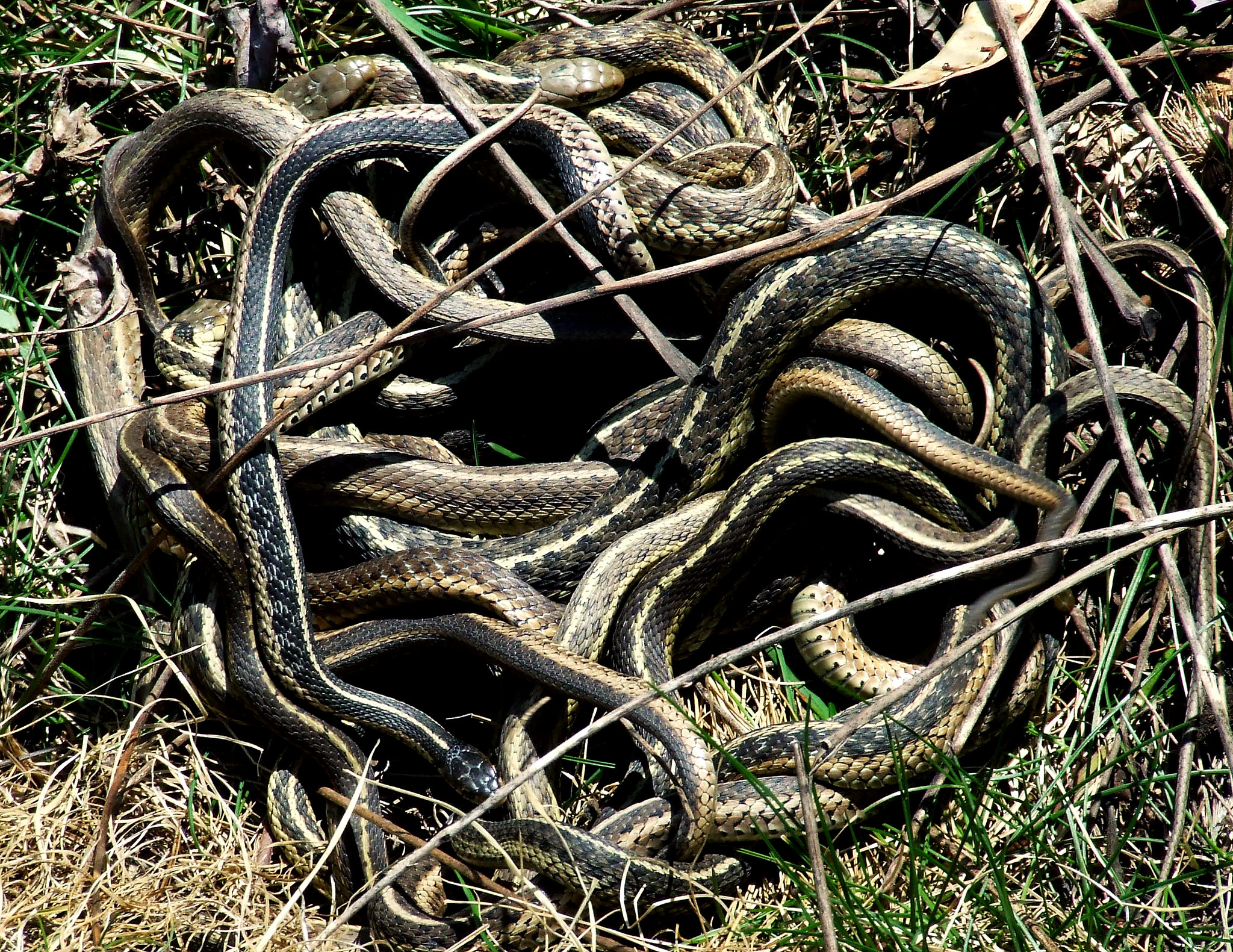
In places like Manitoba, Canada, thousands of red-sided garter snakes emerge from winter hibernation to form massive mating balls – perhaps nature’s most unusual social gathering. These events happen in such specific locations and timeframes that they’ve become the focus of both scientific study and eco-tourism.
Researchers have found that female snakes release complex pheromone signatures that can attract males from kilometers away, while the massive gatherings generate enough heat to be visible on infrared cameras. The consistent return to the same locations year after year has led to the discovery of remarkable navigational abilities in these seemingly simple creatures.
Underwater Brinicles
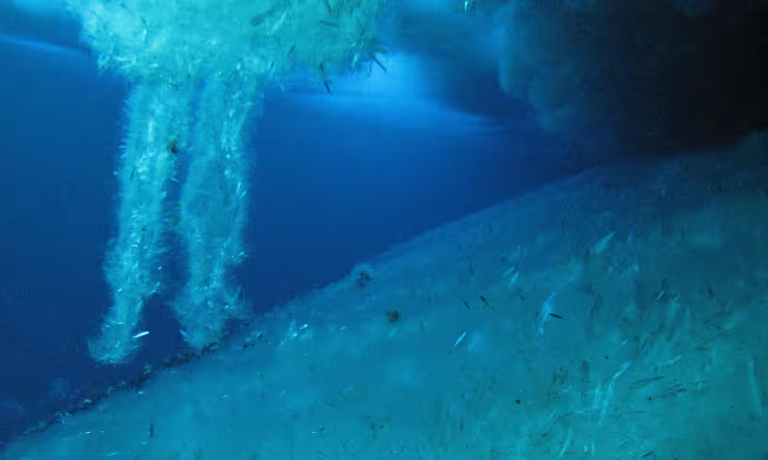
In polar regions, super-cold brine can sink from sea ice, freezing the water around it to create an underwater icicle that grows toward the seafloor. These “ice stalactites” form so rarely that they were only first filmed in recent years, showing how they can freeze marine life in their path.
The process requires a delicate balance of temperature, salinity, and current conditions, making each brinicle unique in its formation and impact. Scientists have begun studying these structures for insights into potential life forms that might exist in the ice-covered oceans of distant moons like Europa.
Glowing Mushrooms
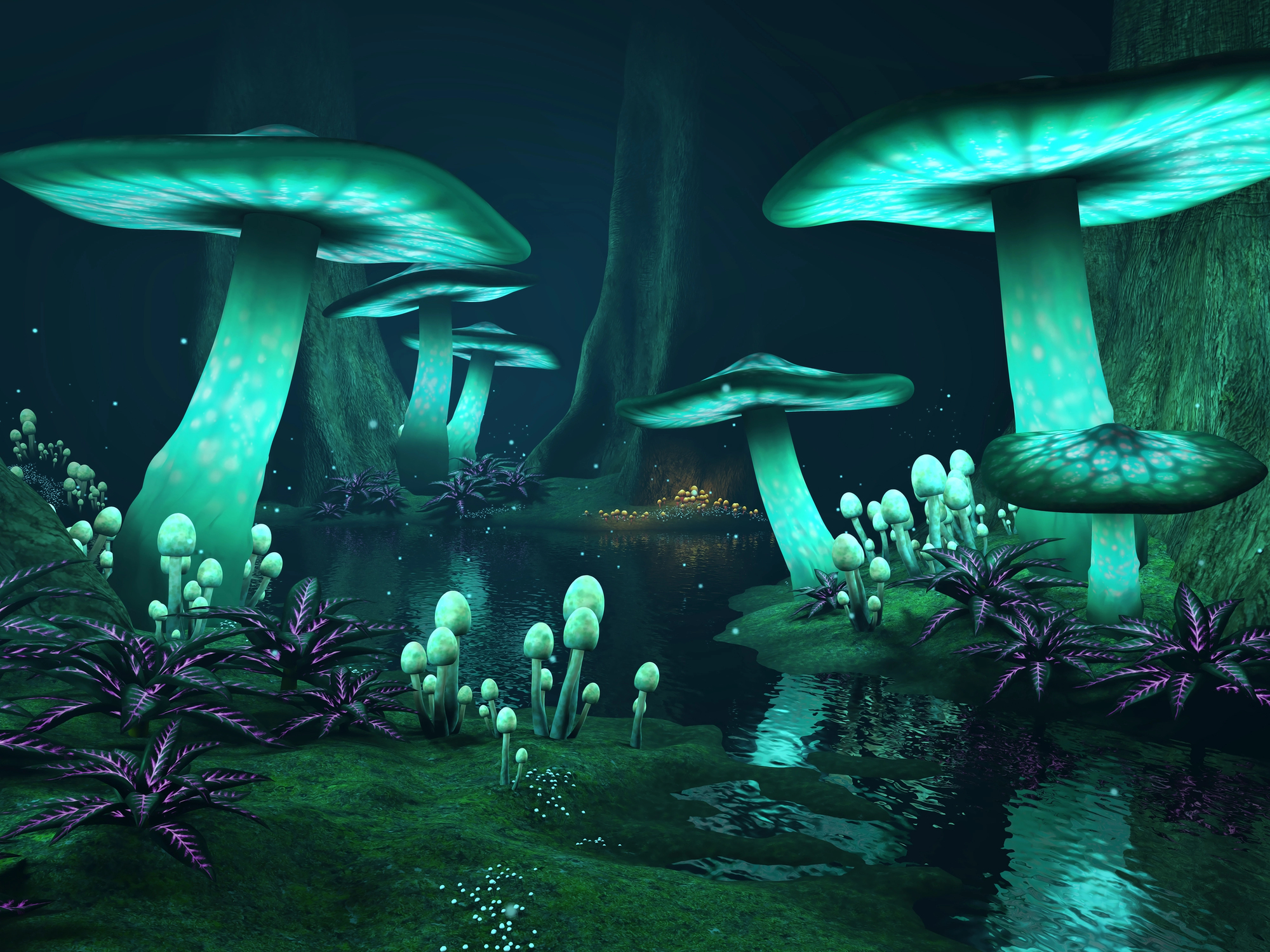
Certain species of bioluminescent fungi create eerie green glows in old-growth forests. These “ghost mushrooms” produce light through a chemical reaction, but they only appear under specific conditions of humidity, temperature, and forest age.
Their appearance is so fleeting that Victorian scientists once doubted reports of their existence. Modern research has revealed that the fungi’s glow attracts insects that help spread their spores, while the specific wavelength of light they produce requires minimal energy expenditure.
Some species have been found to synchronize their luminescence with the lunar cycle, suggesting a complex relationship with natural light patterns.
Like Go2Tutors’s content? Follow us on MSN.
Moving Rocks
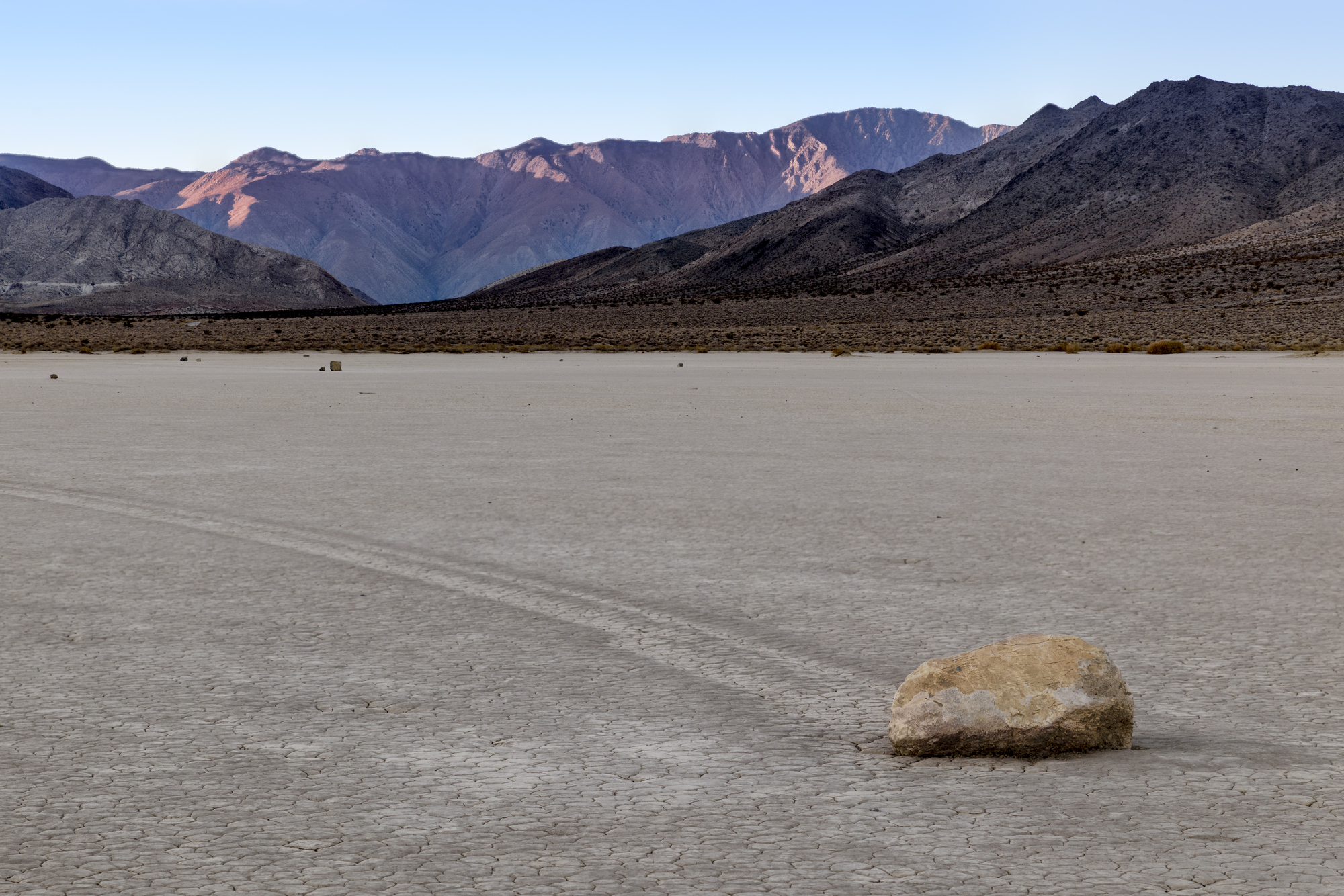
In Death Valley’s Racetrack Playa, rocks appear to move across the desert floor, leaving long trails behind them. This phenomenon remained a mystery until scientists discovered that specific combinations of rain, ice, wind, and temperature could create conditions where even heavy rocks could “sail” across the surface.
Time-lapse photography has finally revealed the complex interplay of factors needed for these rocks to move, including the formation of thin ice sheets and precise wind conditions. Some of the trails left by these wandering rocks have been dated to be hundreds of years old, providing a unique record of climate patterns in the region.
Crown Flashes
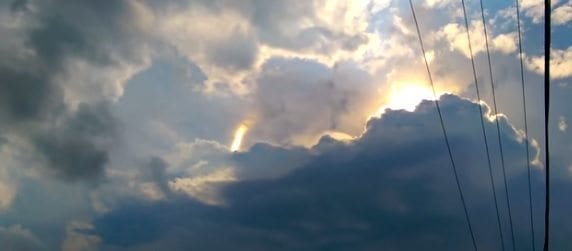
Above thunderstorms, ice crystals in high-altitude clouds can create fascinating patterns that appear to dance and pulse with light. These crown flashes happen so quickly and require such specific viewing angles that they were not properly documented until the age of smartphones made widespread video recording possible.
The phenomenon involves complex interactions between electromagnetic fields generated by lightning and the orientation of ice crystals in clouds. Studies of crown flashes have led to a new understanding of how electrical fields can influence particle behavior in the upper atmosphere.
Ice Penitentes
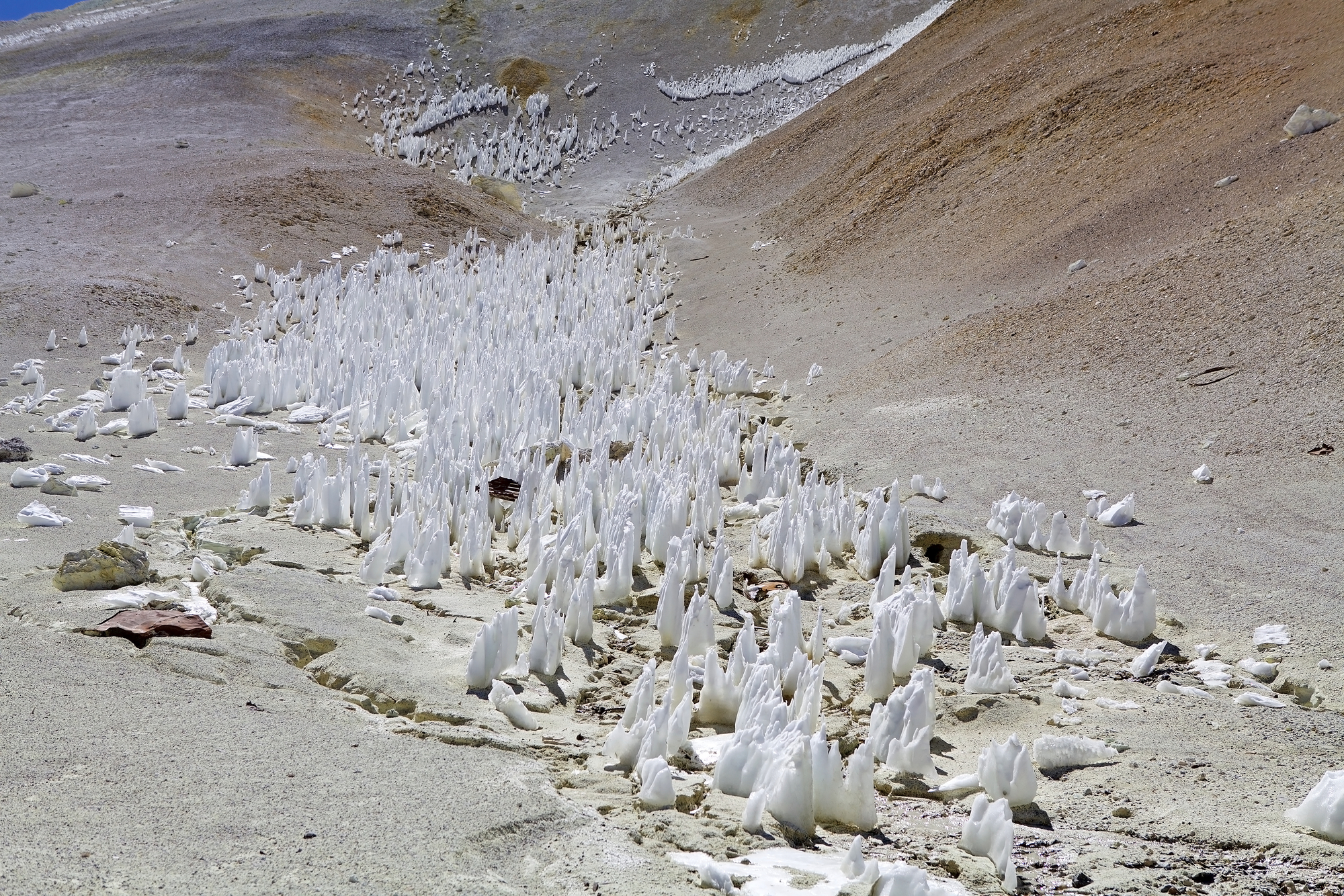
In high-altitude regions with specific combinations of sunlight, temperature, and humidity, snow can erode into fields of tall ice blades called penitentes. These natural ice sculptures, named for their resemblance to processions of white-robed monks, require such precise conditions that they’re rarely found outside a few locations in the Andes Mountains.
The formation process involves differential ablation and sublimation, creating a self-amplifying pattern that results in ever-taller spikes of ice. Scientists studying these formations have found similar processes that might occur in other worlds, including Jupiter’s moon Europa.
Like Go2Tutors’s content? Follow us on MSN.
Green Flash
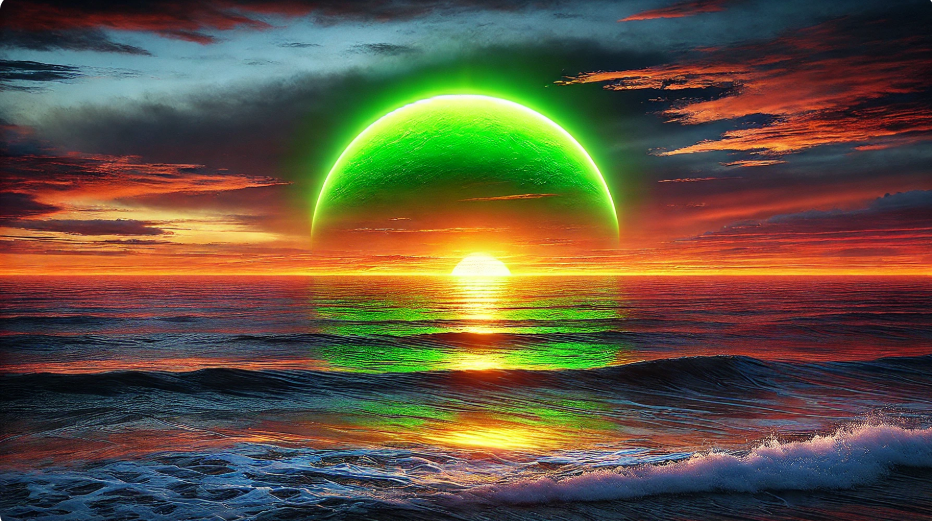
For a moment during sunset or sunrise, when conditions are perfect, the sun can appear to flash green. This optical phenomenon requires clear skies, a distant horizon, and specific atmospheric conditions.
While sailors have reported seeing it for centuries, many people live their entire lives without witnessing this ethereal display. Modern high-speed photography has revealed that the green flash consists of several distinct phenomena occurring in rapid succession, each caused by different atmospheric refraction effects.
The phenomenon has helped astronomers better understand how Earth’s atmosphere affects our perception of celestial objects.
Ball Lightning
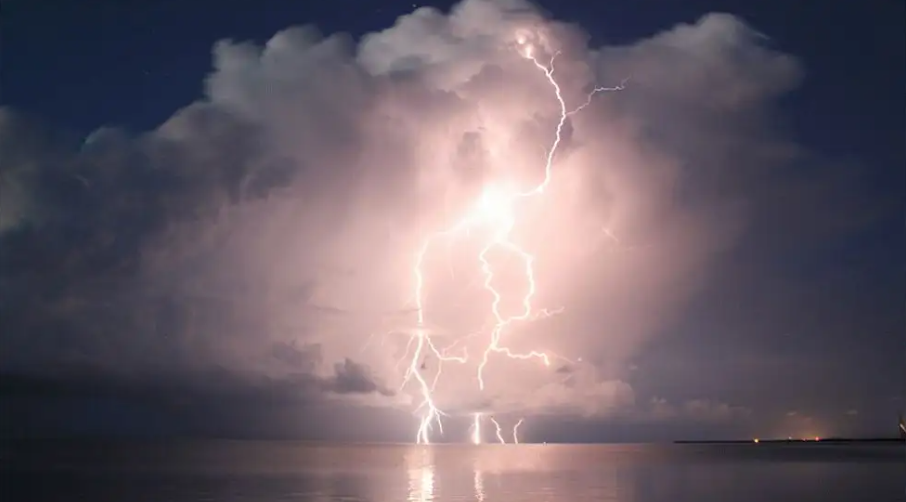
Perhaps the most enigmatic of all natural phenomena, ball lightning appears as glowing, floating spheres during thunderstorms. Despite centuries of reports, scientists have only recently begun to understand these short-lived balls of light, making verified sightings extremely rare.
Laboratory experiments have successfully created similar phenomena using microwave energy, suggesting that natural ball lightning might form through complex interactions between ground minerals and lightning strikes. The study of ball lightning has led to innovations in plasma physics and our understanding of quantum effects in atmospheric phenomena.
Nacreous Clouds
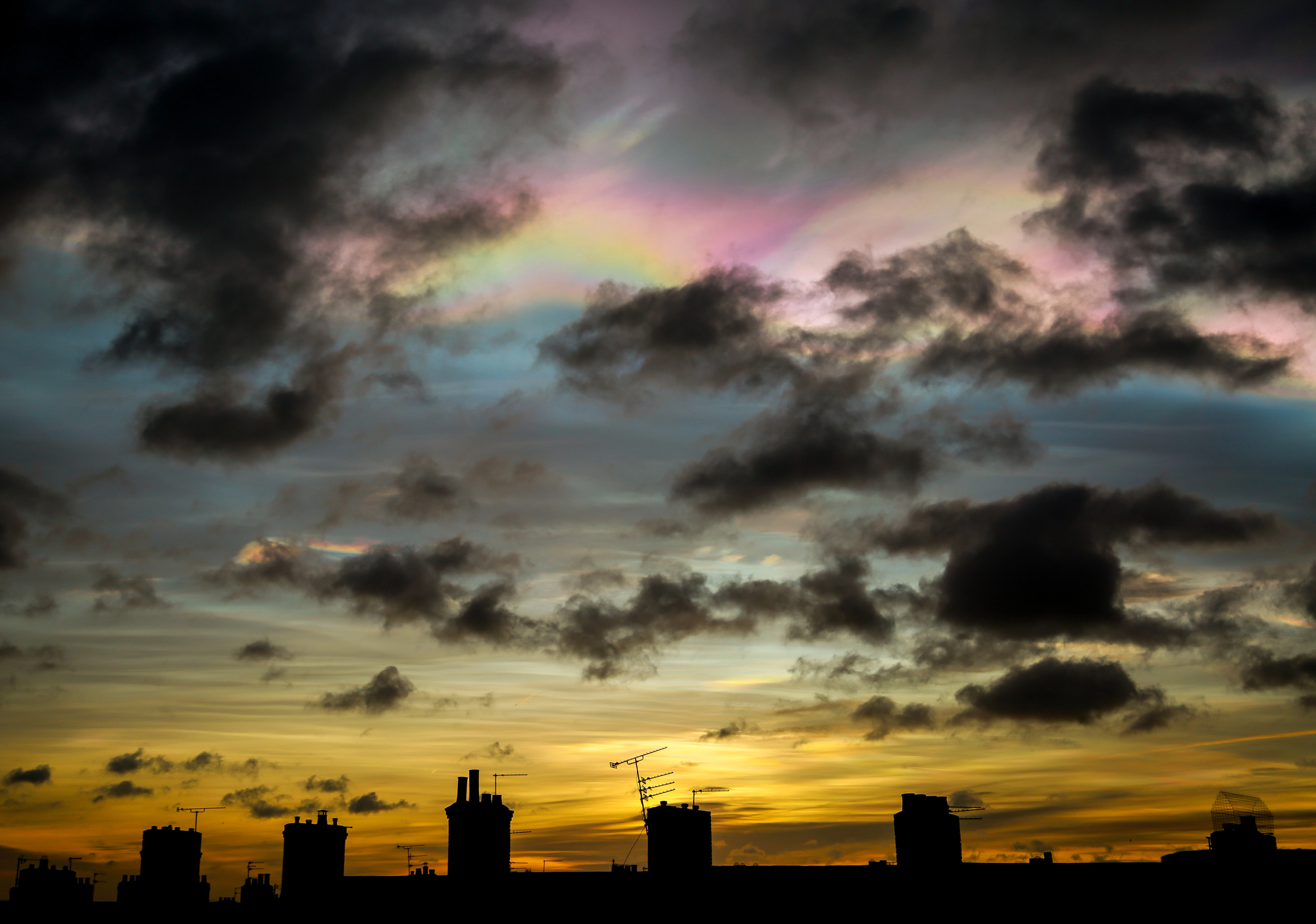
High in the polar stratosphere, when temperatures drop below extreme levels, these iridescent clouds form like giant, luminous pearls in the sky. Their otherworldly colors – ranging from soft pinks to electric blues – appear most vivid during twilight hours when the sun sits just below the horizon.
While beautiful, their presence often signals conditions that can lead to ozone depletion, making them both mesmerizing and concerning to atmospheric scientists. Recent studies using high-altitude balloons have revealed that these clouds play a crucial role in stratospheric chemistry and might serve as early indicators of climate change impacts in polar regions.
Like Go2Tutors’s content? Follow us on MSN.
Tomorrow’s Natural Wonders
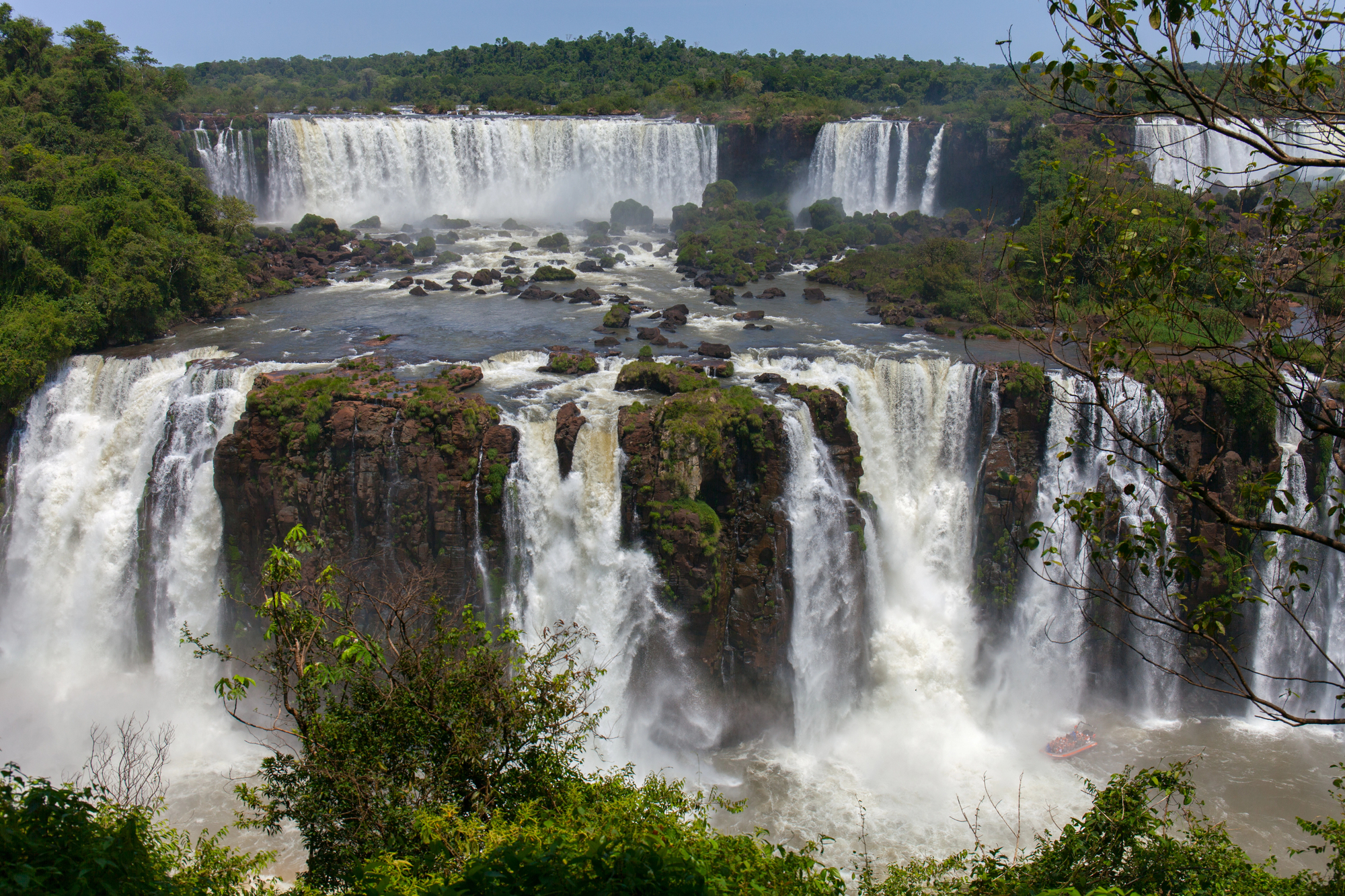
While these events may be rare, our changing climate and advancing technology are altering both their frequency and our ability to predict them. Some phenomena are becoming more common, while others grow increasingly scarce.
Yet each one reminds us that our planet still holds mysteries – natural performances that can leave even the most jaded observer in awe of Earth’s continuing ability to surprise and delight. Modern satellite technology and citizen science initiatives are helping researchers track and predict these events with increasing accuracy, though some still manage to catch us by surprise.
As our understanding of these phenomena grows, so does our appreciation for the delicate balance of conditions that make each one possible, underscoring the importance of preserving the environmental conditions that allow these natural wonders to occur.
More from Go2Tutors!

- Famous Battles: How Much Do You Really Know About U.S. History?
- Top 5 Most Important Skills, According To Harvard Business School
- How Well Do You Know 90s Pop Culture? Take the Quiz
- Master the Art of Public Speaking with These Expert Tips
- Think You Know Capitals? Put Your Knowledge to the Test
Like Go2Tutors’s content? Follow us on MSN.



